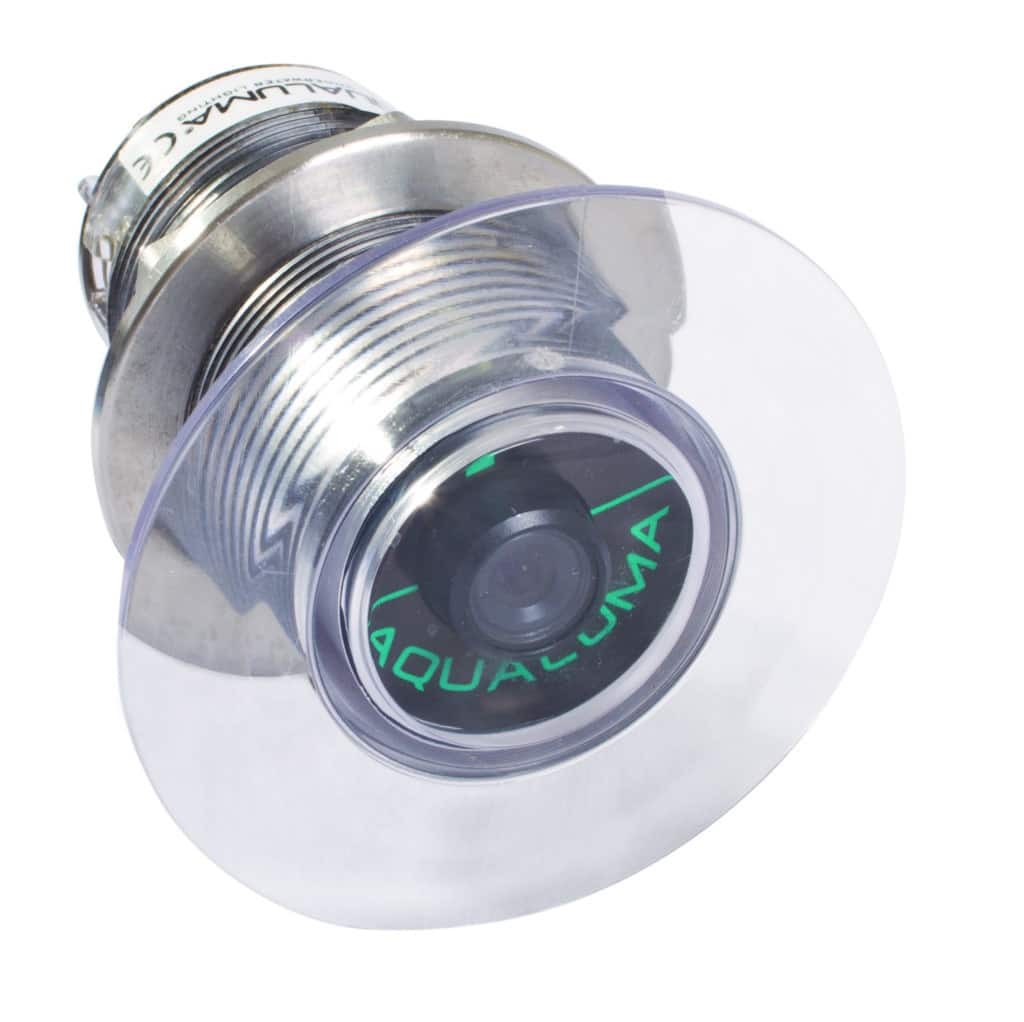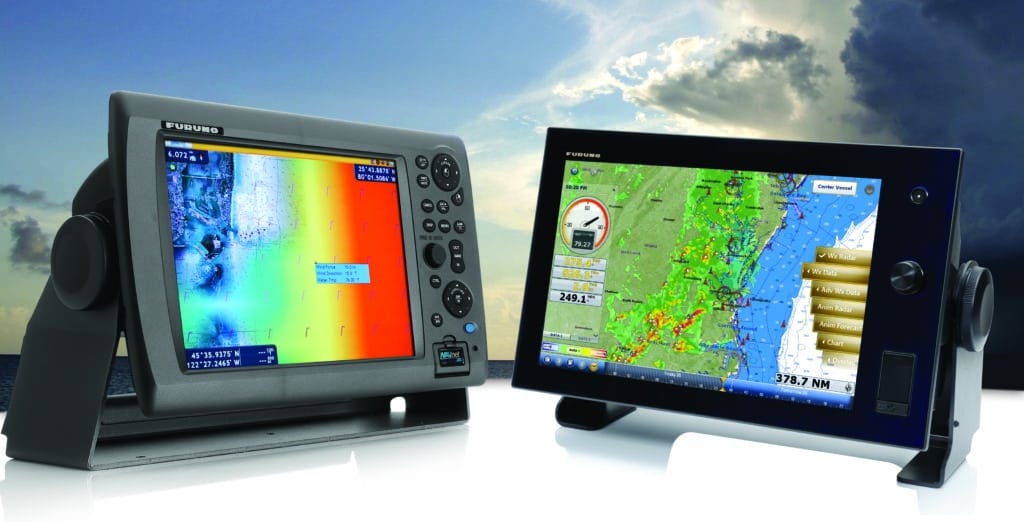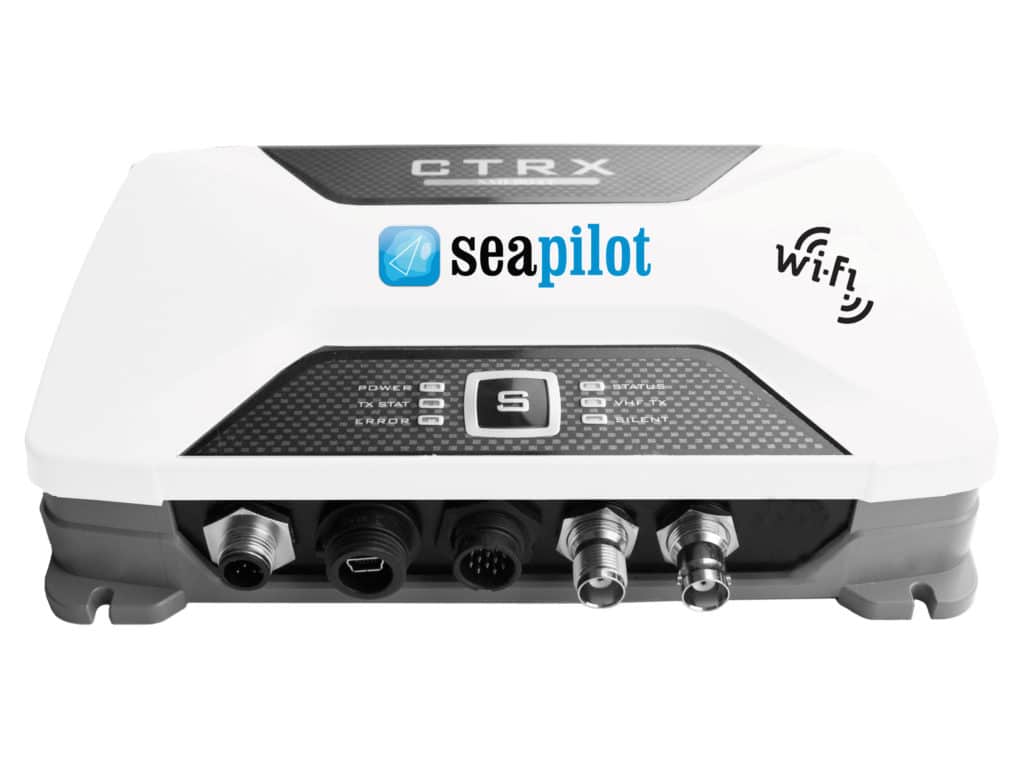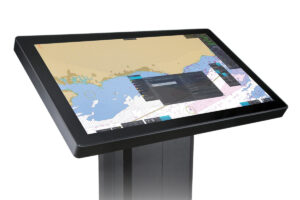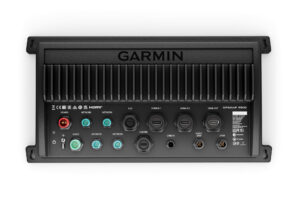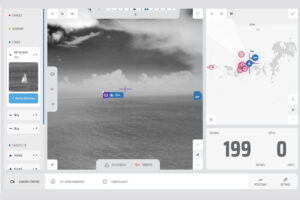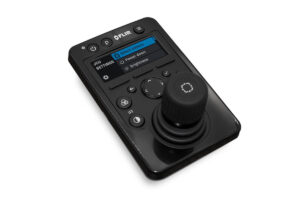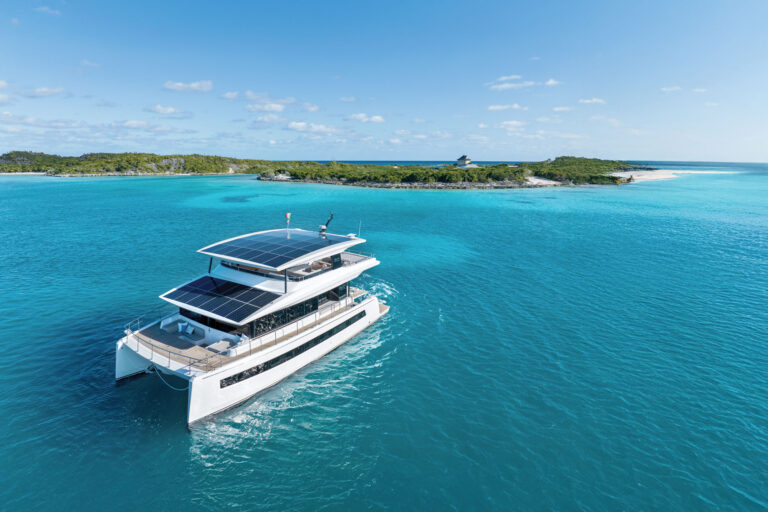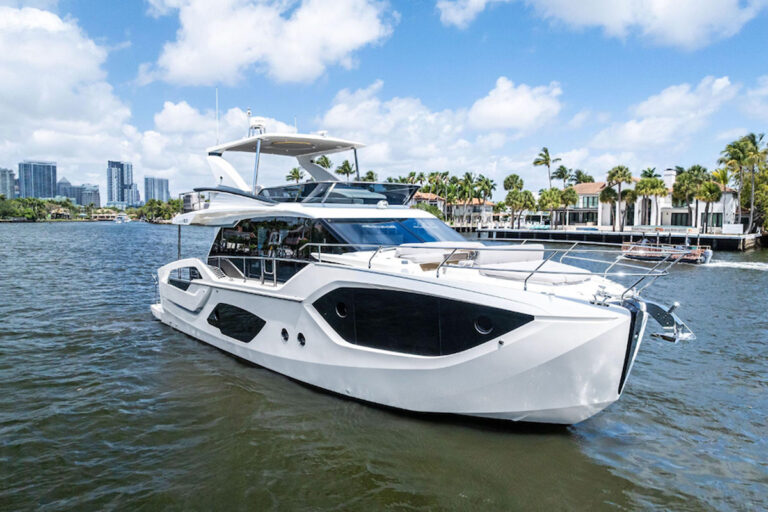
Cellular communicators and smartphones capable of displaying live-video feeds and real-time security alerts didn’t exist in 1989. So the thieves who targeted my family’s C&C 37 were left to loiter, confident that Windancer wasn’t silently alerting her owner. Fortunately, these common-variety thugs were motivated by pawnshop sales (read: stereos), not marine electronics, so their plunder was limited.
Fast-forward 26 years. Yacht-security and vessel-monitoring systems can now help protect your investment from high water, fire and intruders while providing vessel-tracking services should she go AWOL. The technology within these systems is increasingly sophisticated and offers a surprising number of benefits to yacht owners.
Jay Keenan, president and CEO of [GOST][] , says boaters suffered an increase in burglaries following 2007’s Great Recession when thieves realized that, while most houses have security systems, the same wasn’t (always) true for yachts. “That’s when business took off,” Keenan says. During the past 10 to 15 years, boaters have increasingly entrusted their yachts to sophisticated security and vessel-monitoring systems.
“[Before 9/11], the systems available were modified home-security systems,” says Keith Cariani, KEP’s director of business development. “They were crude at best, and their components couldn’t upload data. Now these systems are able to communicate.”
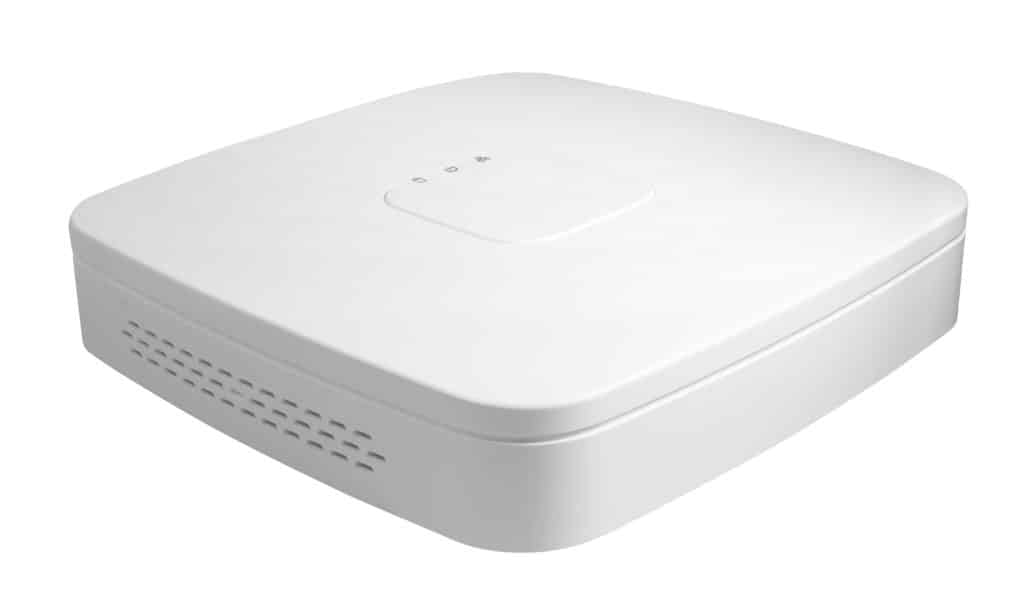
Contemporary vessel-security and remote-monitoring systems typically use wired and/or wireless sensors that talk to a control head (the system’s brains), which relays alerts to a cellular-data communicator and/or the yacht’s satcoms system. Several types of motion-detection sensors are available, including passive infrared, deck-mounted pressure sensors and pixel-based video detection.
“We go with whatever will reduce false alarms and maintain a safe perimeter, but pixel-based video detection is our most advanced technology,” Keenan says. “It sends you a video clip, allowing you to see if the intruder is the guy who’s supposed to be washing your boat or if he’s breaking in.”
Unlike many home-security systems, yacht-security systems don’t report to a monitoring service. Instead, they contact the yacht’s owner directly via text message or email if trouble arises. Some systems can also directly contact the police, and Scribble Software’s [myboatstatus.com][] system can be tied into its bigger Marina Management Software. Here, the challenge is to create sensors that merely sip electricity and data.
“The data bursts are really small, and [our] sensors run off internal batteries,” says Vance Young, director of technology at Scribble Software. “Our entire system uses less than a megabyte of data all month,” Young adds, explaining that constant sensing (i.e., motion sensors) uses more data than sensors that report on longer-interval schedules (i.e., high-water sensors).
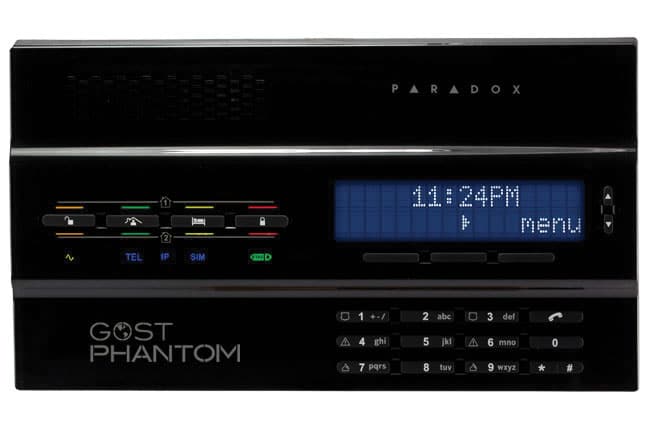
Cariani says that different levels of security and remote-monitoring systems exist for yachts of different sizes. For example, a small boat might be fitted with a simple vessel-tracking system, while bigger yachts typically build on this platform and add Internet Protocol-enabled cameras, security systems and high-water sensors. Critically, good security and vessel-monitoring systems are independent of the yacht’s data backbone, making them difficult, if not impossible, to disable.
Experts agree that effective security systems involve different levels of detection, warning and consequence. This can start with doorbells or lightbulbs that chime or cycle on if sensors are tripped, then escalate to strobes, sirens and other acoustic defenses that encourage intruders to debark swiftly.
“Deterrence is a big factor,” Keenan says. “[Usually,] the alarm goes off and they’ll look for another target.”
Should thieves press on, higher-end systems then typically capture and transmit high-quality video footage via both overt and covert camera installations. In addition, hidden vessel-tracking equipment (see sidebar) allows owners to provide the authorities with accurate vessel-position information, usually via a website tracker that can include a cartography overlay. Specialized interior equipment also exists, such as GOST’s “Cloak,” which vaporizes a glycol solution, creating a thick, inhospitable mist.
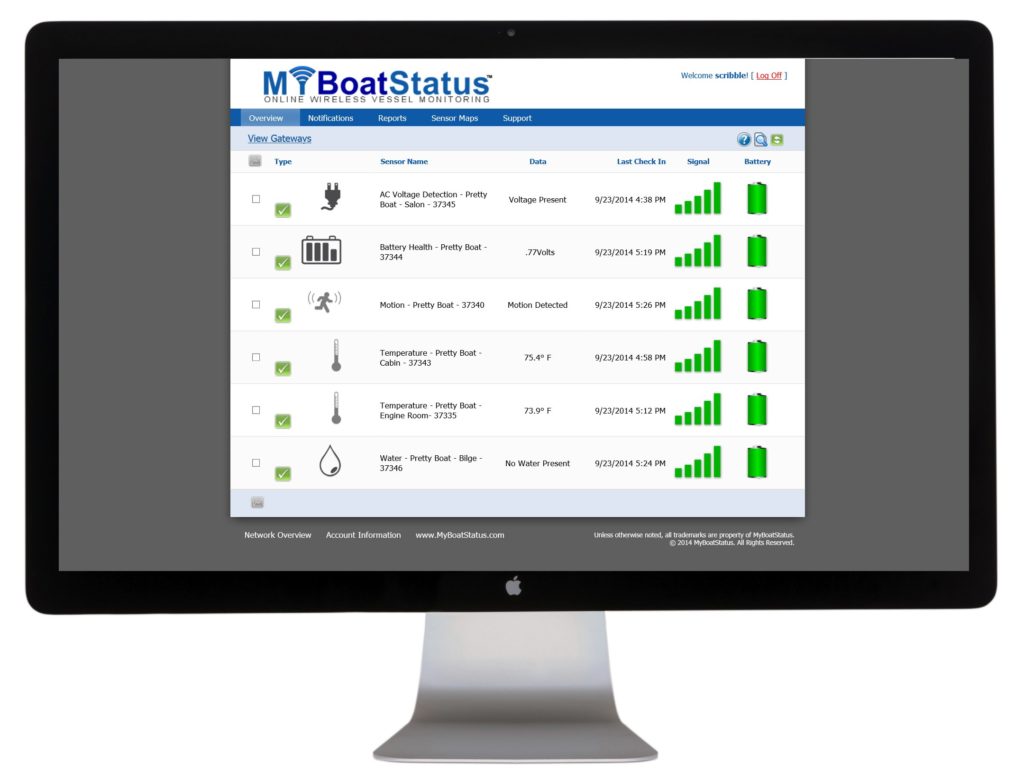
As these security-focused systems became smarter and increasingly complex, manufacturers began incorporating remote-monitoring sensors to leverage their systems’ communications abilities. “People call specifically about onboard security,” says Cariani, “but the vast majority call about vessel monitoring.”
Remote-monitoring systems use the same communications hardware as yacht-security systems, with specialized components that can include high-water sensors, voltage sensors, temperature sensors and smoke detectors.
Depending on the manufacturer, owners can use a proprietary app to check the status of key onboard metrics or cameras — anywhere, anytime. Remote-monitoring systems typically operate on an owner-defined reporting schedule (e.g., a sensor reporting its status every 15 minutes), but they’re usually designed to trigger notifications immediately if predetermined thresholds are crossed — say, if shore power is lost, or if bilge levels rise.
“Alerts depend on how you configure your system,” says Cariani, who stressed the importance of high-quality sensors less prone to registering false positives. “We want it to work, but we don’t want it to be a burden. In addition to remote monitoring and 24/7/365 security, some systems can interface with DC-powered equipment. For example, GOST allows owners to turn networked devices on or off using its proprietary app.
“One customer had his system set up so that he could open doors for his guests and watch them enter his yacht using his phone,” says Keenan, who explained that remote monitoring and IP-controlled systems can give owners peace of mind. “Now they’re not worried about their boat, and they don’t need someone constantly checking on it.”
Given the investment that a yacht represents, wise mariners set electronic watchmen before heading ashore, where Internet connectivity, smartphones and high-speed cellular service are ubiquitous. When you factor in satcoms, IP-enabled cameras and covert sensors, today’s security and remote-monitoring systems provide significant intruder protection and theft-recovery options while also safeguarding against other unforeseen “boatmares.”
New Electronics
